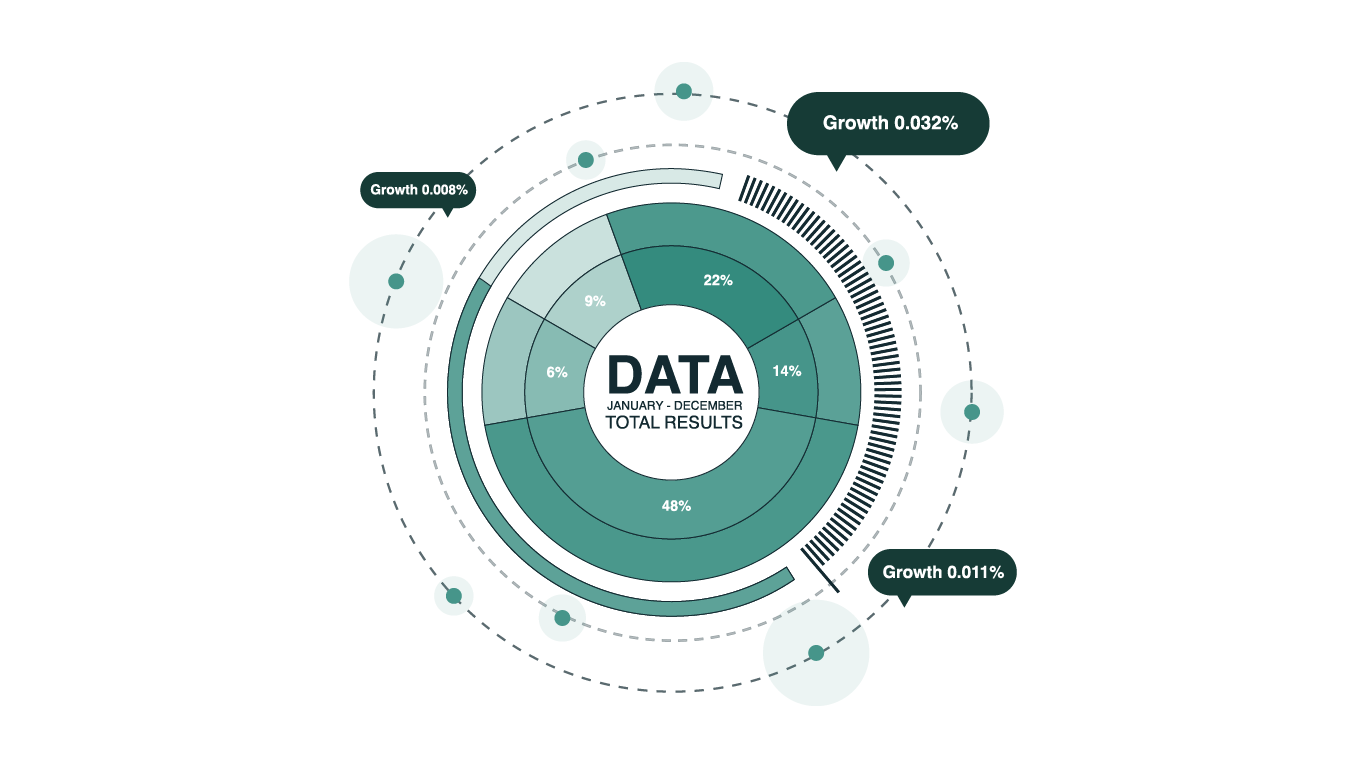Knowing your shareholders is the key to being able to engage them effectively. However, following the incredible impact of the COVID-19 pandemic, you might need to reassess your investor relations policies to reflect the ever-changing market landscape. Our experts have developed a checklist to help you understand your shareholders better and identify the opportunities that the Shareholder Rights Directive II (SRD II) presents to issuers.
You can use this checklist when preparing for roadshows and annual communications with your investors. Keep reading for our analysis of how best to understand and engage them following the pandemic.

The Impact of COVID-19 on the Markets
Activity in the equity markets was intense as the pandemic hit. The average daily traded value in Compartment A of Euronext’s markets, those for issuers with a capitalisation of €1 billion or more, rose 54% in Q1 of 2020, compared with the same period in 2019. Compartment B saw a leap of 58%, with Compartment C and Euronext Growth Markets doubling over the same timeframe.
When questioned on how COVID-19 affected their investment decisions and market reallocation, investors admitted that they had struggled to reallocate assets sustainably during the initial downward phase. They had also preserved liquidity during the upward phase, out of necessity, as they looked to mitigate future volatility and potential withdrawals. Although the long-term impacts have yet to be factored into analysts’ findings, institutional shareholders have suggested they will consider future risks such as inflation and fluctuating investment levels when making evermore selective investment decisions and considering sectoral reallocation.
One key piece of information to emerge from those questioned was that portfolio managers said they would look to a range of non-financial KPIs when making decisions as we emerge from the crisis. 
Know your shareholder checklist
Ahead of engaging your shareholding, answer these questions:
- What has been the impact of the recent market volatility on your shareholding structure?
- Who is buying and selling your stock amongst your top shareholders and how did they react to recent company announcements?
- Who are your new investors and which contacts should you endeavour to meet with?
- What are the investing styles of your new investors? Think about active vs passive shareholding as well as ESG and sustainable investing.
- Do you now have more retail investors? If so, think about how different your approach should be to target them, as opposed to targeting institutional investors.
- Are there any investors who have expanded into your sector and with your peers? If so, consider how to target them for your business.
- How can you use the additional shareholder transparency afforded by SRD II to your advantage?
SRD II Opportunities
When SRD II came into action in September 2020, its objectives included making it easier for shareholders to exert their rights, better communication between investors and issuers, and transparency over voting advisory/proxy services and shareholder identification.
This means that there are a number of opportunities for issuers:
- The share registry should be easily available from the local Central Securities Depository (CSD).
- Improved Europe-wide services relating to the share register and its transparency, digitisation, speed of retrieving information and so on.
- Increased standardisation of shareholder data that allows for easier comparison and analysis.

Take advantage of SRD II to get to know your shareholdersShareholder Analysis from Euronext Corporate Services helps you get to know your shareholders, which means you can better engage them and network with them. We provide:
To receive this ready-to-use information, resulting from our thorough research processes, request a demo of Shareholder Analysis today. |
Related articles
-
Which ESG Metrics Should You Track? A Comprehensive Guide
Read the article -
New IESBA Standards – The Importance of Ethical Standards in Sustainability
Read the article -
The Benefits of Webcasting Your Capital Markets Day
Read the article
Share this post


